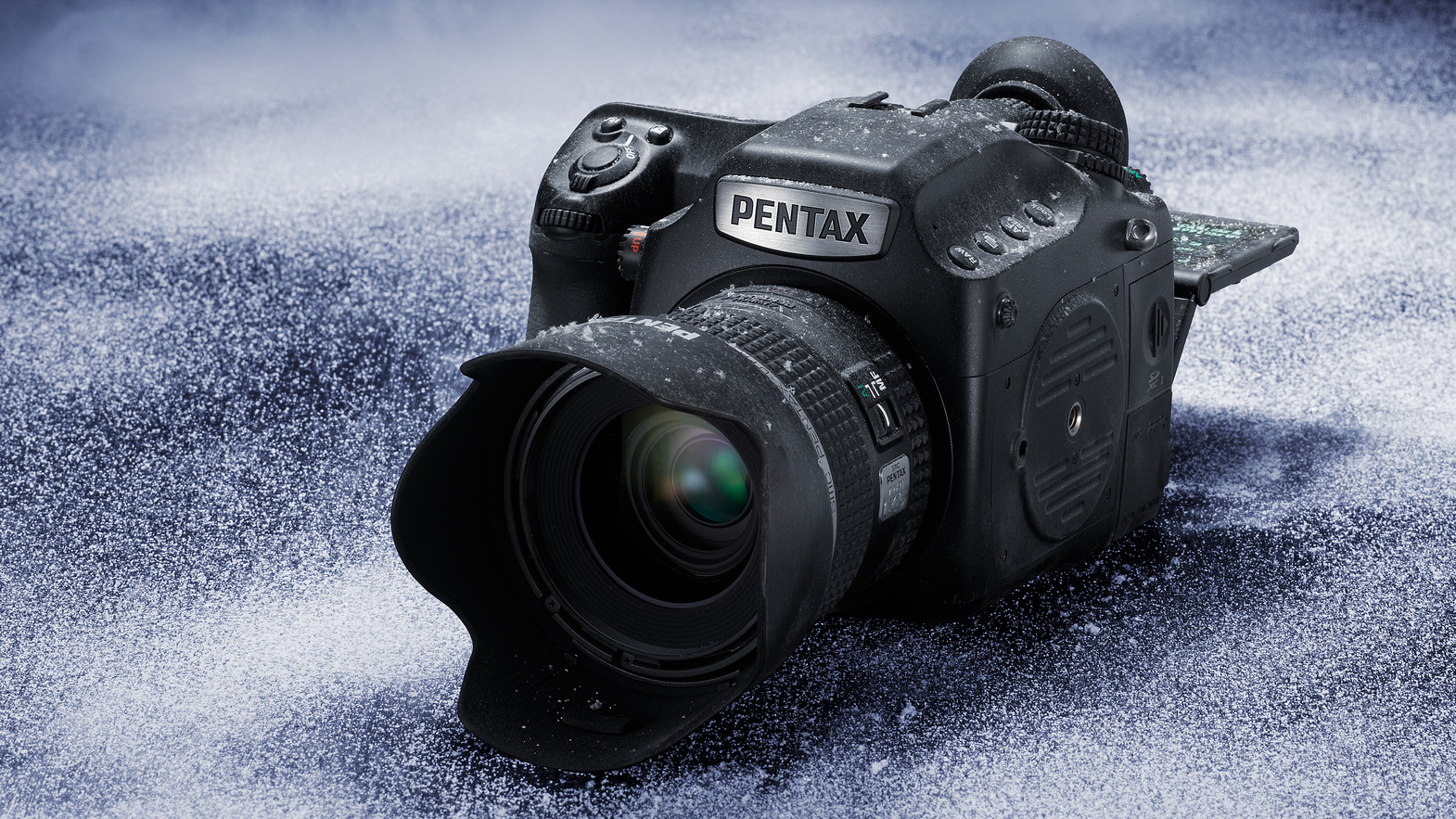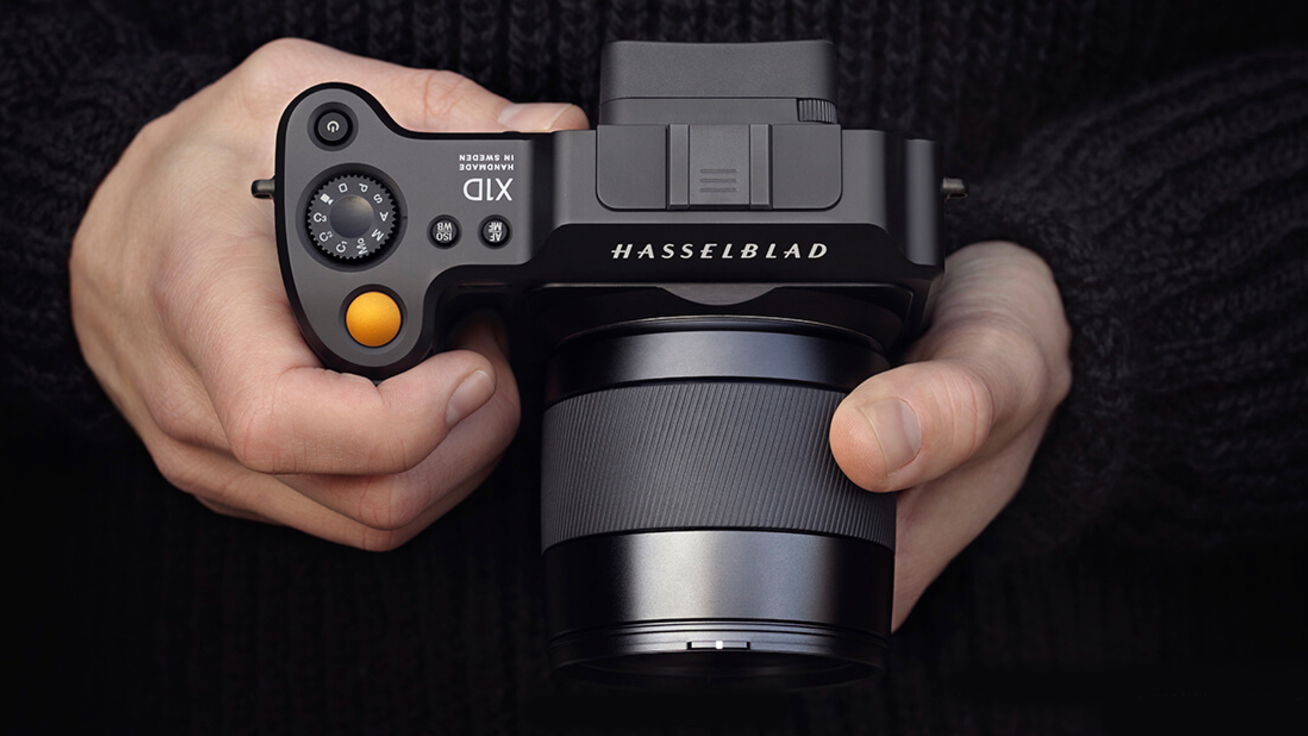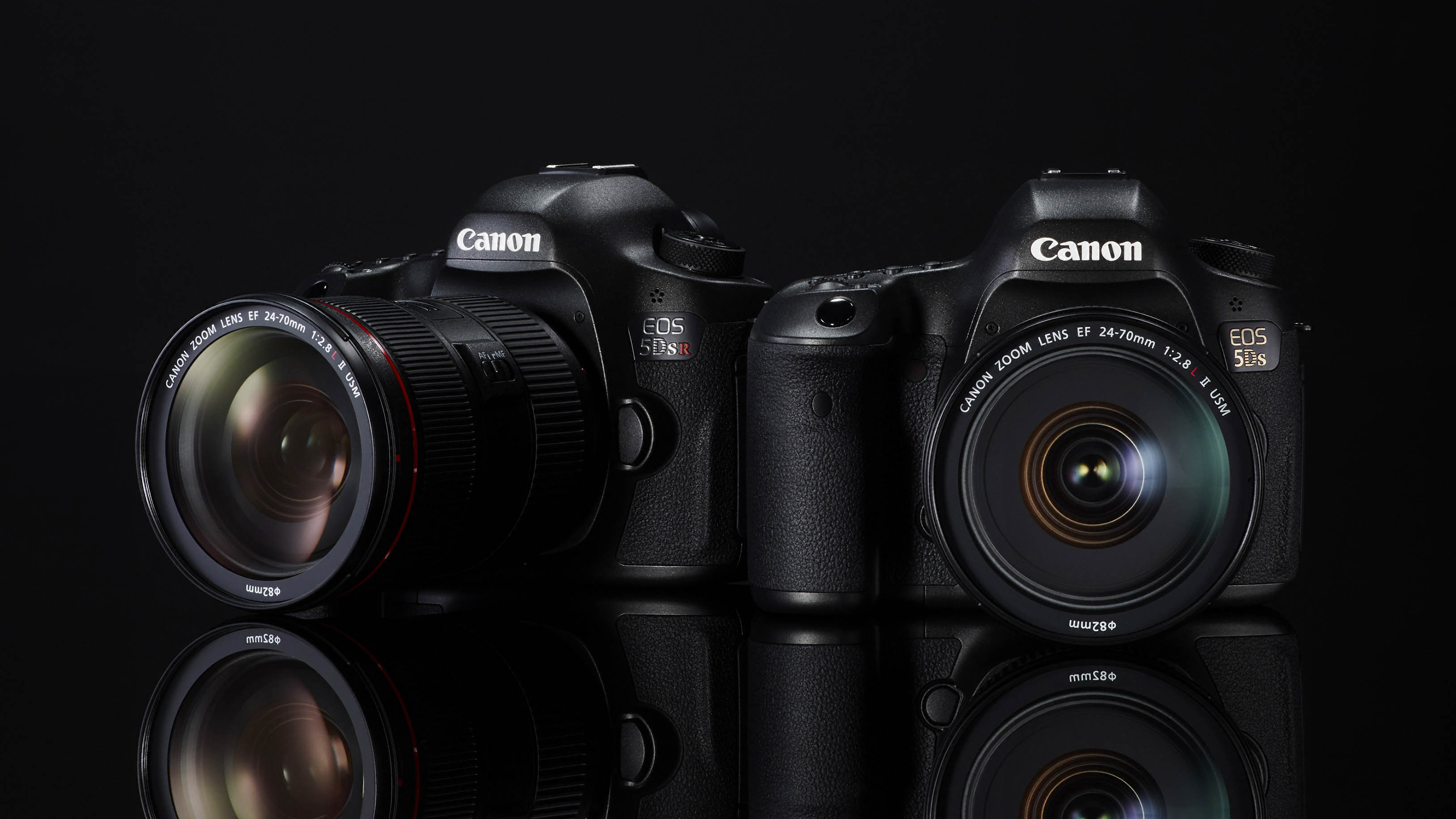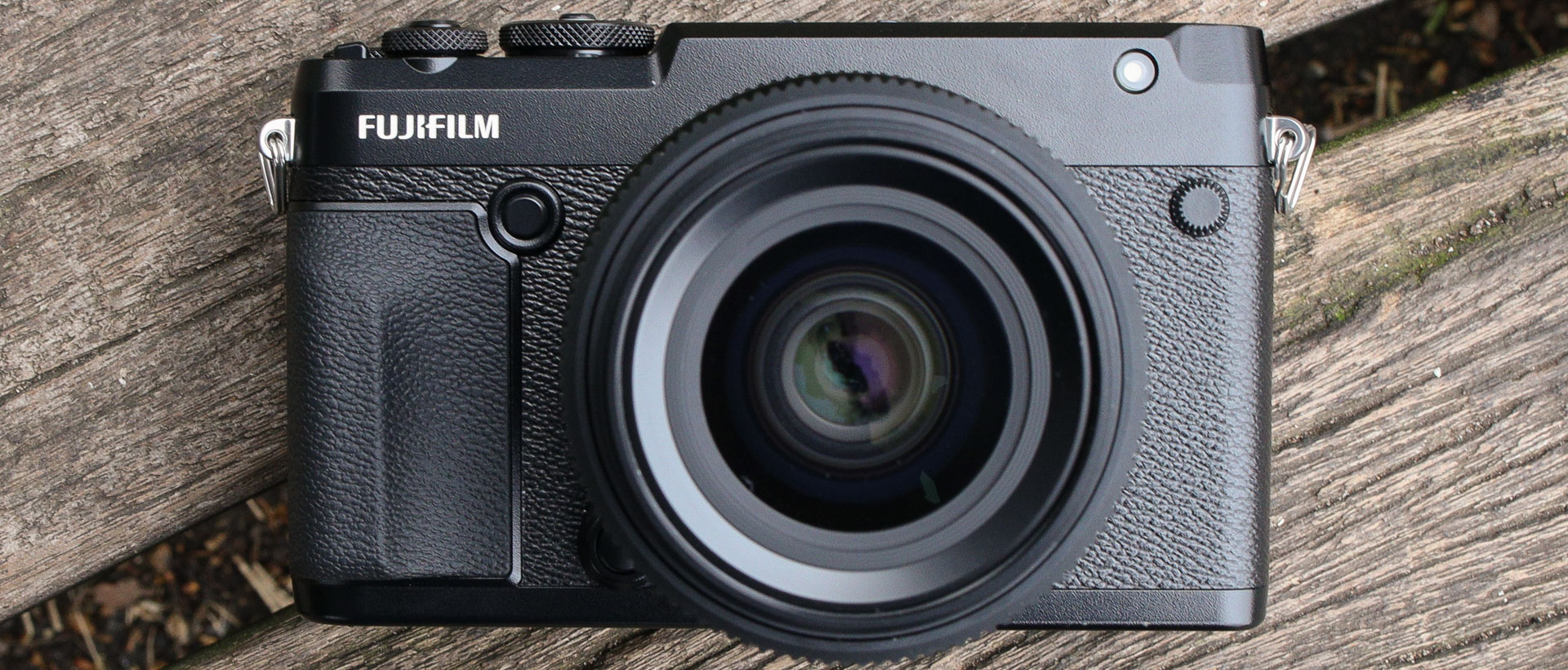Why you can trust TechRadar
Verdict
Fujifilm rightly attracted a great deal of attention when it launched the original GFX 50S, so the fact that it's managed to shoehorn so much of that camera into an even smaller, lighter and more affordable body shows the system to be moving in the right direction. Not a great deal has changed since the GFX 50S in terms of the bones of the camera, but it's debatable whether much needed to.
Quite what you make of the GFX 50R as a whole depends on what your frame of reference is. If you’re pitching it against full-frame DSLRs and mirrorless cameras it will fall short in many areas, such as handling and autofocus speed. The lack of image stabilization in all but three current lenses, together with underwhelming video specs and ergonomic challenges presented by the necessarily large body, are also worth thinking about if you’re looking for the GFX 50R to serve as your primary camera.
However, this is decidedly not a full-frame camera, and so the only fair comparison is with other medium-format systems. And here, it’s unquestionably impressive. With Fujifilm combining familiar X-series functionality and operation with superbly detailed results, and delivering it all in a relatively portable body at an aggressive price, it’s hard to think of a more appealing medium-format proposition right now.
Competition

Pentax 645Z
It may be five years old, but the Pentax 645Z remains one of the most logical alternatives to the GFX 50R. While a fair bit bulkier by comparison, it packs a 51.4MP medium-format sensor and matches the Fujifilm's 3fps burst shooting rate, with the further enticements of an (optical) viewfinder, 3.2-inch tilting LCD and even a generously proportioned top-plate LCD.

Hasselblad X1D
With a 50MP medium-format sensor, dual card slots and a weight of just 725g with its battery in place, the handsome X1D is a strong rival to the GFX 50R. It’s designed with an integrated electronic viewfinder and an LCD that’s sadly fixed in place, but its appeal is limited the most by a price tag that’s double that of the GFX 50R.

Canon EOS 5DS / 5DS R
Canon’s EOS 5DS and 5DS R each manage a 50.6MP output, although these are spread across a smaller full-frame sensor. The pair have the advantage of compatibility with an exhaustive range of EF lenses that go back over 30 years, and they’re currently around half the price of the GFX 50R, although each is a little heavier than the Fujifilm, and neither has an LCD screen that tilts or responds to touch.
